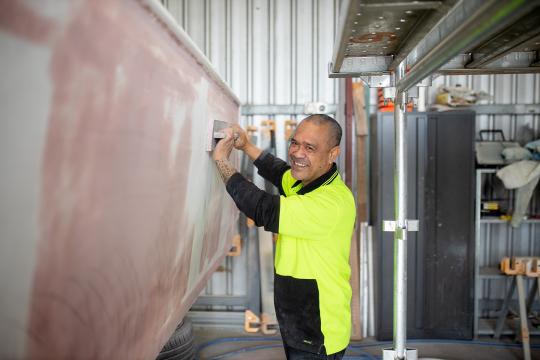If you’re like most small businesses, you’ve been using Single Touch Payroll (STP) since it was introduced by the ATO in 2019. Now, it’s time to plan your transition to STP Phase 2 reporting.
STP reporting was introduced to streamline the way businesses report their employee’s payroll information such as tax and super. STP Phase 2 has been rolling out since 1 January 2022 and businesses are now either using, or preparing to adopt, the new reporting system.
Here’s your guide to the new requirements to help your business transition to STP Phase 2 reporting.
STP Phase 2 includes more reporting information
In Phase 2, you’ll still need to provide your employee’s tax and super information. How and when you lodge your reports, your tax and super obligations and the end-of-year requirements will also stay the same.
One of the main changes in Phase 2 is the introduction of income types. For example, gross payment amounts can now include a range of information that makes up the payment. You’ll now report paid leave, allowances, overtime, bonuses, salary sacrifice and other types of income as separate amounts.
These income types are important to report since they can have specific tax consequences for your employees.
Enjoy a more streamlined system at tax time
The changes to STP can help to make tax time easier for employees, including you as a business owner when lodging your personal tax return. Since the new system includes more information about the types of income an employee receives, it will be easier to complete this information on tax returns.
Over the coming years, the ATO plans to use the extra information from STP2 reporting to help pre-fill details in their lodgement forms. This could also help to correct any information along the way, which might aid in avoiding unexpected tax bills.
Are there future plans for STP?
The extra information you need to report as part of STP2 may take some time to get used to, but the system is designed to become more streamlined in the longer term. For example, you can use STP Phase 2 to provide information on your employee’s employment basis, tax file number and other details as part of your STP reporting, rather than through different ATO forms.
Check your digital provider is STP2 compliant
To meet your STP obligations, you have probably been using STP-enabled software such as an app or an online platform for your payroll reporting since at least 2019.
Your STP provider will have guidelines to help you transition to the new reporting system – but there’s also a chance you many need to find a new software provider if your previous provider isn’t STP2 compliant. The type of software you’ll need depends on the size and structure of your business, and your business could be eligible to use on of the no-cost or low-cost options recommended by the ATO.
Find out more
To help make the process of transitioning to STP Phase 2 easier, the ATO has a range of tools and resources for business owners. You might like to:
- Learn more about the key changes and benefits in this STP Phase 2 reporting factsheet.
- Download an STP Phase 2 employer checklist to prepare for STP Phase 2 reporting.
- Read these detailed employer STP Phase 2 reporting guidelines of STP Phase 2 reporting.
- Watch an ATO webinar with practical examples and tips from industry professionals.
If you don’t already receive our small business updates by email, sign up to our SBDC e-news to receive the latest information to help you run your business.




